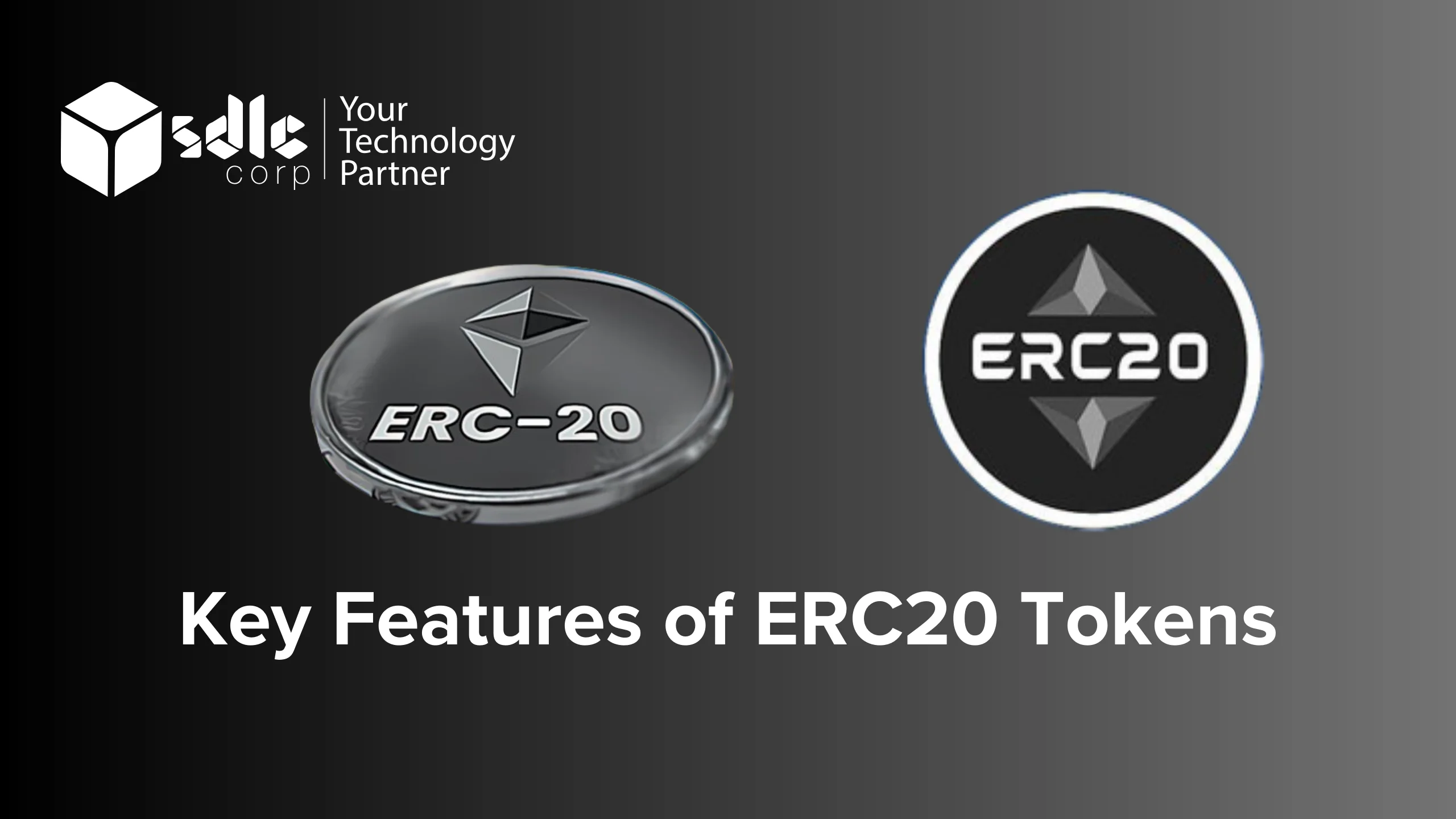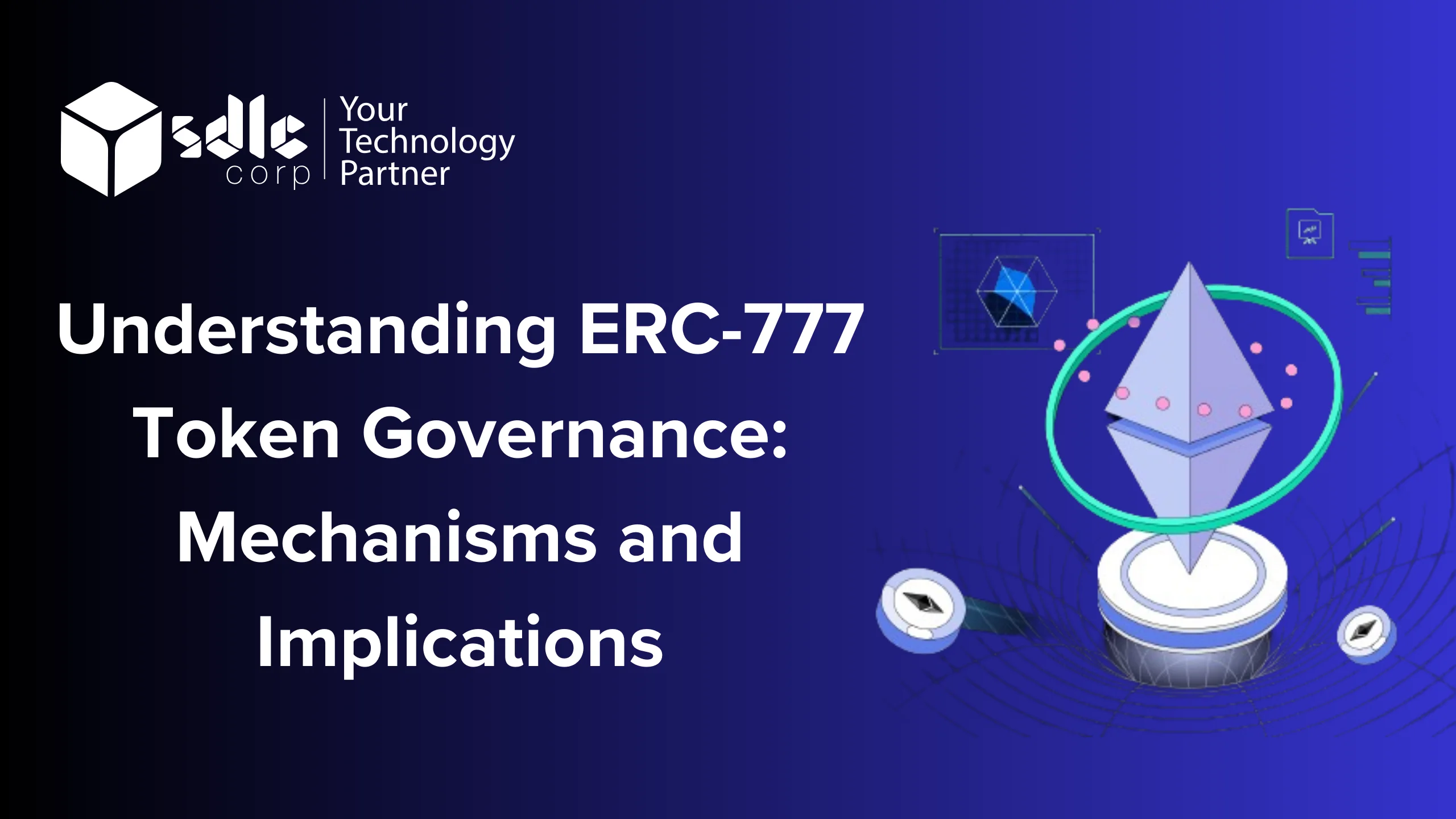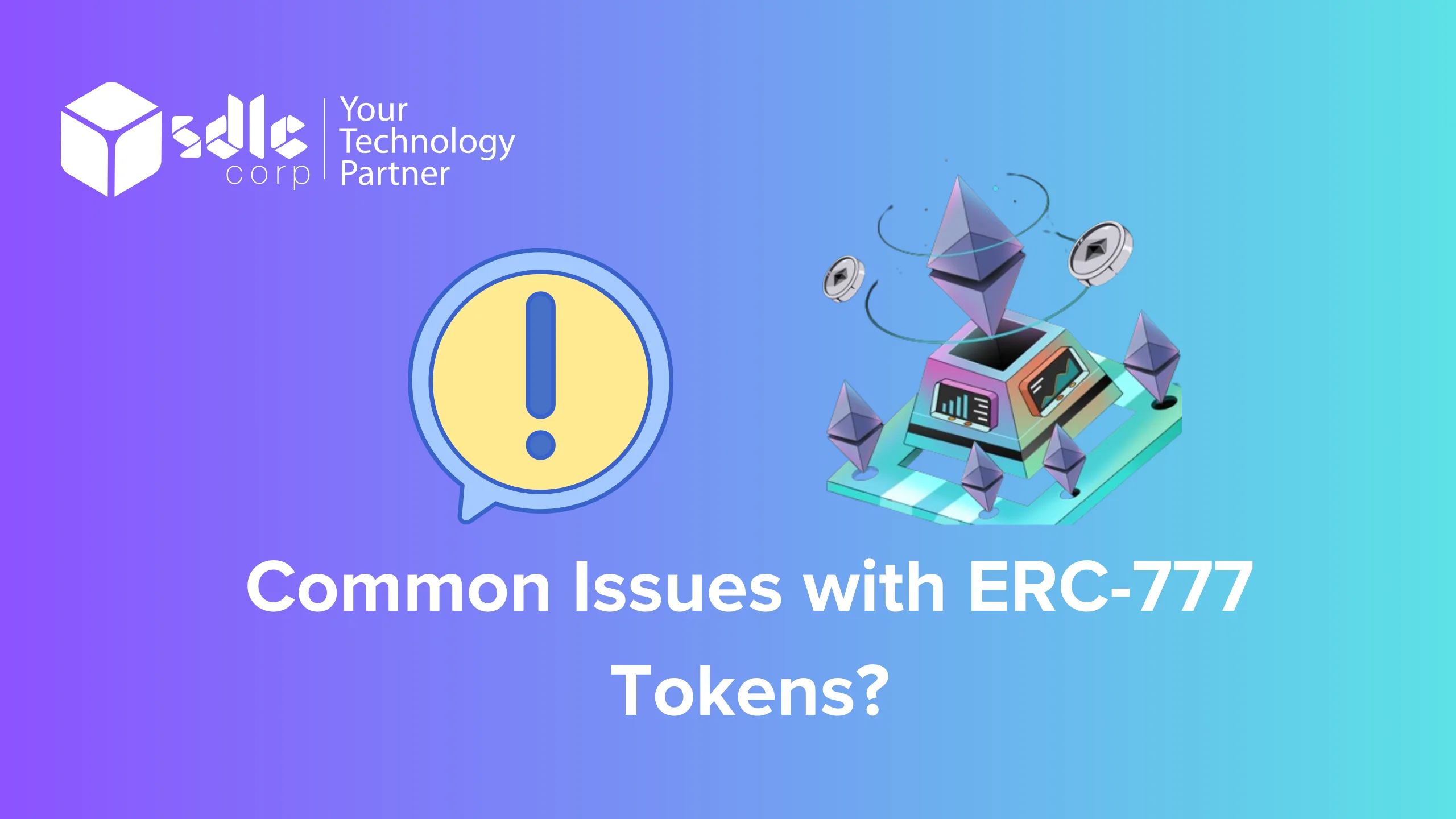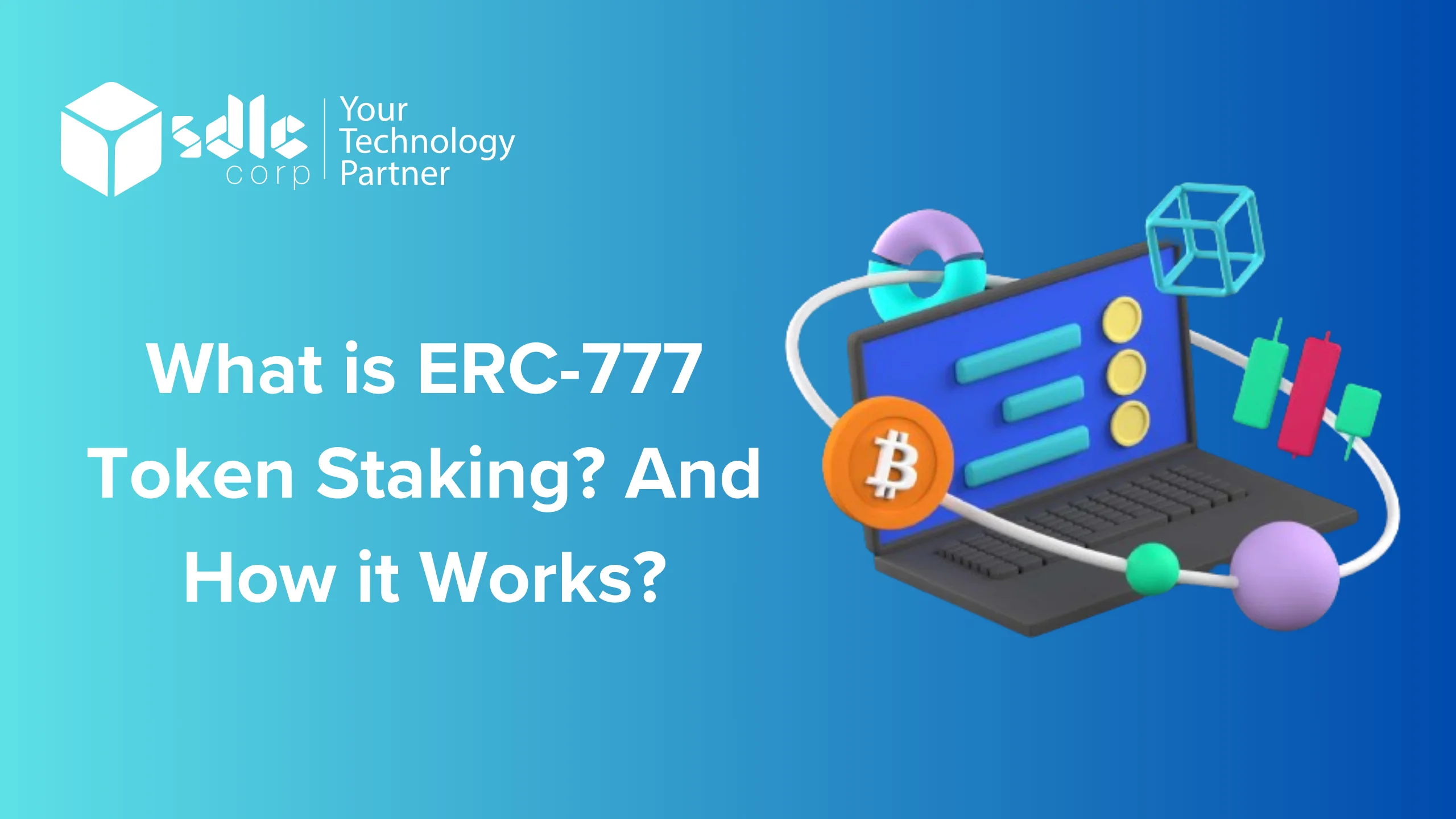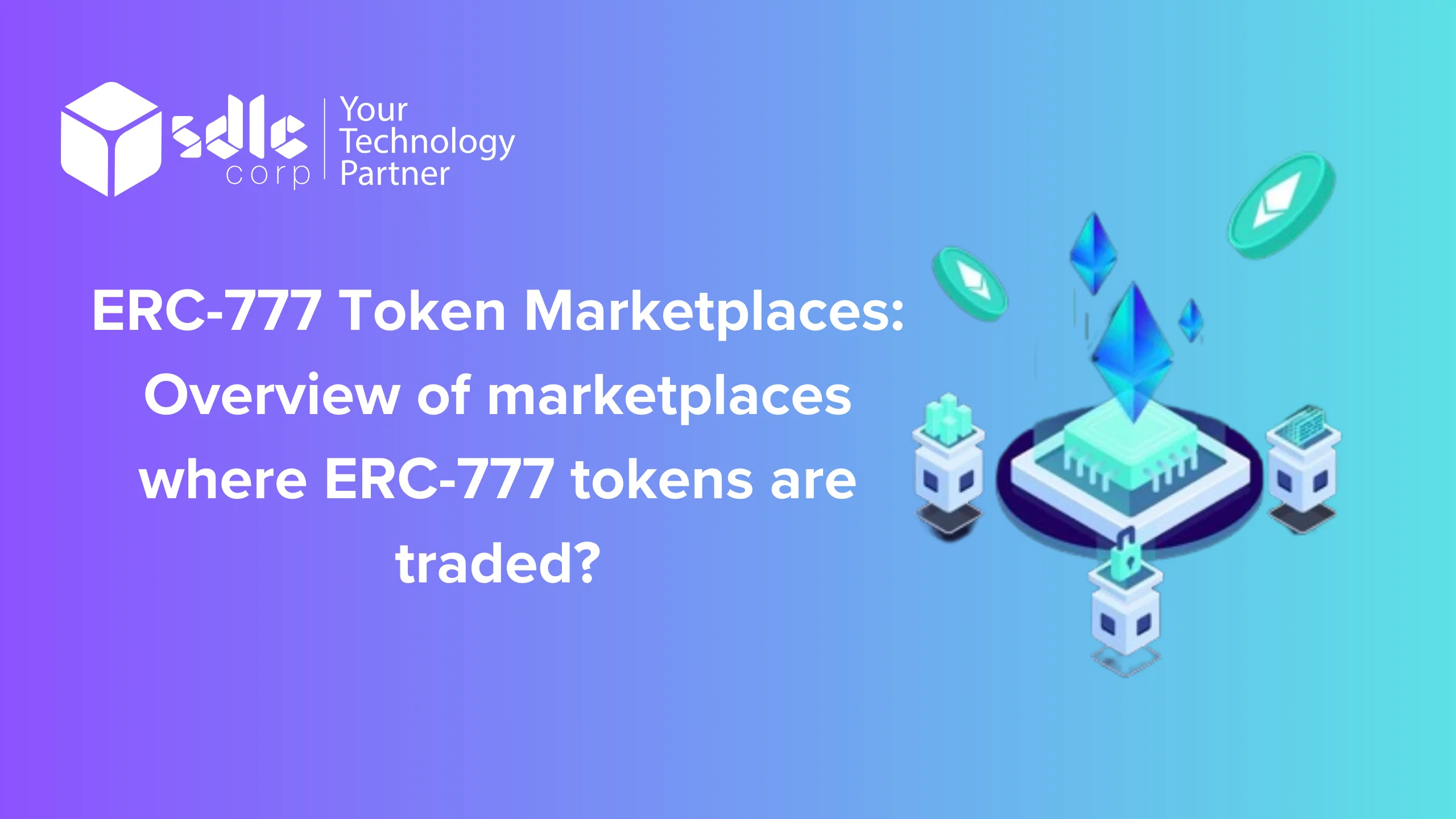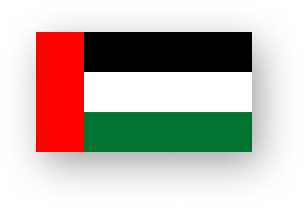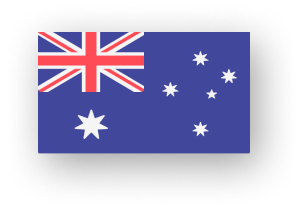How do WEB3 Games work and what are they
Web3 has transformed many industries, including gaming. Web3 games, in contrast to traditional gaming platforms, allow players to interact with the games in novel and decentralized ways.
For example, people can earn money by playing with cryptocurrencies and NFTs. This democratizes all aspects of gaming and places primary power in the hands of the player rather than one central authority within a game.
Although in-game content or digital assets can be purchased with fiat currency or claimed as rewards in traditional gaming, game operators retain ownership of the in-game content.
In other words, players do not own the digital assets used in-game. Instead, in conventional gaming, ownership is simply a license to participate in the game’s aspects. Furthermore, centralized gaming servers store all game-related information on servers controlled and operated by game administrators.
As a result, game developers need more resources and knowledge to monitor and allow a trade in which players exchange their digital assets for a profit. Because centralized servers and traditional gaming are inefficient, grey markets have emerged to provide opportunities for hackers and scammers.
They take advantage of players while giving no benefit to developers or administrators. Administrators fail to protect gaming platforms and their users from downtime and cyberattacks. Because of the centralized server’s inefficiency in defending itself against hacks, digital assets are also vulnerable to lose, fraud, and theft.
Web3 gaming offers new ways to solve the problems listed here, such as gaming Decentralized Autonomous Organizations (DAOs) with decentralized gaming ecosystems, blockchain-based game asset ownership, play-to-earn, metaverse gaming, and crypto-secured gaming wallets. This article will discuss Web3 gaming and its dynamic features.
This article will provide you complete information about web3 games and you should know about:
What Exactly are Web3 Games?
Web3-based gaming, also called “blockchain gaming,” uses distributed ledger technology to make games more open, secure, and democratic and give users more control over their in-game assets. Web3 games are based on blockchains’ decentralized, peer-to-peer architecture and include cryptocurrencies and nonfungible tokens (NFTs). Blockchain allows players to own, trade, and transfer in-game items such as NFTs and other digital assets without needing a third party. In addition, decentralized marketplaces use smart contracts to manage and market investments.
Decentralization provides numerous advantages to the gaming industry and players. For example, the play-to-earn (P2E) gaming model emerged because blockchain made decentralized gaming more transparent and safe. In addition, when people play games and move up in levels, they earn cryptocurrency. Through technological advancements like decentralized autonomous organizations (DAOs), crypto-secured gaming wallets, and the metaverse, web3 gaming supports the financial health of the gaming sector.
How do Web3 Games Function?
Blockchain technology enables decentralized ownership of in-game currencies and assets in Web3 games, enabling players to acquire, exchange, and use these resources outside the game. They frequently include cryptocurrency payments and smart contracts to ensure secure and transparent transactions. Decentralized blockchains provide greater transparency, security, and user control than traditional centralized gaming platforms for building Web3 games (Web3 Game Development).
In addition, blockchain technology ensures that verifiable algorithms, rather than centralized servers, determine game outcomes by creating a tamper-proof ledger of all transactions. Smart contracts, which are created to execute specific actions automatically when particular conditions are met, such as when a player buys or sells an asset, are another essential component of Web3 games. In Web3 gaming, they oversee the ownership, exchange, and trading of in-game purchases.
Web3 gaming platforms store in-game collectibles and assets in digital cryptocurrency wallets. Crypto wallets are essential to Web3 gaming architecture and a tool for interacting with blockchain-based services. Players can also own and trade in-game resources like virtual goods or money. These resources are easily exchangeable and stored on a blockchain. Entities often represent these assets as NFTs or other digital assets.
Web3 games frequently require high collaboration and co-creation between developers and players. In addition, the platforms’ decentralized nature allows for more community input and feedback, which can help shape the game’s direction and evolution. Gaming DAOs contribute to developing a player-driven gaming ecosystem for managing gaming communities and decentralized gaming platforms. Grant DAOs, gaming guilds, incubators, and accelerators are all examples of gaming DAOs.
What are the Main Characteristics of Web3 Gaming?
Web gaming is a value-exchange gaming model in which users can own and trade in-game objects and collectibles as one-of-a-kind NFTs using cryptocurrencies.
Web Gaming is open source and provides self-sovereignty and decentralization in gaming. Web3 gaming platforms have the following fundamental characteristics:
Acquisition and Interoperability
Web3 gaming allows players to own in-game assets and collectibles as digital NFTs completely. In traditional gaming, players own in-game purchases and collectibles, but they lose all their assets when they switch gaming platforms.
Web3 gaming addresses this issue by enabling actual ownership and platform interoperability. Players can own in-game purchases on one platform and transfer them to another.
Adding in Old Games
Another exciting thing about Web3 gaming is that older game models can be updated and added to the metaverse and blockchain platforms, which makes them decentralized. As a result, the gaming experience is personal, and each player has a favourite game.
In addition, web3 promises to improve old and popular games by bringing them into the metaverse, where players can create avatars and trade in their famous in-game assets and collectibles.
Discover Web3 Games: How & What! Dive In Now!

Player-Driven Gaming
Web3 gaming customizes the gaming ecosystem to the preferences of the players. Web3 gaming can benefit players in a variety of ways. The first is the play-to-earn aspect, in which they profit from their in-game items; the second is old-game integration, which caters to players’ desire to play their favourite games in the metaverse.
Another advantage of player-driven gaming is that Web3 gaming allows for self-sovereignty, which benefits players.
Minimal Downtime
Web3 gaming ecosystems operate autonomously, requiring no maintenance and no intervention from any authority. In addition, web3 gaming has minimal downtime and is highly scalable due to block minting and high game data storage capacity.
Explore our other insights!

Web3 Gaming Platform: The Next Revolution in the Gaming Industry
WEB3 Gaming Platform the next Revolution in the Gaming Industry Web3 Gaming Platform: The world of gaming has
Transparent Gaming
“The blockchain hosts games in a distributed process, making them unhackable in web3 gaming.” Blockchain-based gaming has no single point of failure, a majority vote decides changes to the gaming process, and all network participants have equal access to it. In this way, Web3 gaming makes sure that there is a high level of honesty.
Now that we’ve covered the features of Web3 gaming let’s look at its technology stack in the following section.
Own Your Digital Experience! Join Our Web3 Journey Now!

What is the Web3 Gaming Technology Stack?
The Web3 gaming technology stack consists of the following components:
Web3 Libraries and dApps
Web3 libraries facilitate interaction between game developers and players and the blockchain platform. The libraries and dApps help interact with smart contracts and support in-game transactions and assets. Developers create web3 gaming dApps (Dapps Development) using Unity or Unreal SDKs.
When the protocol between EVM and non-EVM blockchains is completed, the role of the Web3 libraries changes accordingly.
Smart Contracts
Programs that monitor and control various game processes. Smart contracts also manage voting and decision-making for game evolution changes. Smart contracts drive game changes and tailor to the needs of individual players for voting and decision-making.
To write, compile, and deploy smart contracts (Smart Contract Development), most developers use the Remix IDE. Tools such as Truffle, Hardhat, and Brownie are simple to use when a local development ecosystem is required.
Providers of Node/Web3
Nodes, also known as Web3 providers, are essential because they extract gaming data from the blockchain network. In addition, nodes are crucial components of the Web3 developer stack because Web3 libraries cannot interact with smart contracts without them.
Digital Wallets
Blockchain-based digital wallets are available on all Web3 gaming platforms. To identify players, each wallet has a unique address. In addition, it contains a variety of gaming collectibles and in-game assets. As a result, wallets are essential components of Web3 games that interact with the blockchain.
Hardware XR
Smart glasses, haptic gloves, scanning sensors, and other XR hardware connect the gaming ecosystem to the metaverse for an immersive and engaging Web3 gaming experience.
Interoperable Open Media Standards
These standards include text, audio, 3D scenes, and vectors that can be used to power decentralized 3D applications.

Web3 Game Examples
In the modern Web3 gaming universe, numerous blockchain games and decentralized applications (DApps) exist, such as CryptoKitties, Axie Infinity, and Decentraland.
Each game has its own set of features and game mechanics. Still, they all harness the power of blockchain technology to create innovative gaming experiences that would be impossible to achieve on traditional centralized gaming platforms.
Here are some Web3 game examples:
• CryptoKitties is a wildly popular Ethereum-based game in which players collect, breed, and trade virtual cats. The game uses blockchain technology to guarantee each digital cat’s ownership and uniqueness.
• Axie Infinity, a Pokemon-inspired play-to-earn metaverse game on Sky Mavis’ Ethereum-linked Ronin sidechain, lets players collect, raise, and battle Axies. Web3 tools enable players to own and trade Axies and other in-game assets.
• In the Sandbox, players can use blockchain technology to create and monetize virtual worlds, in-game assets, and digital currencies.
Users can create, discover, and make money from virtual experiences in the virtual world known as Decentraland.
• Gods Unchained is a blockchain-based collectible card game. The Ethereum blockchain verifies the game’s digital cards’ authenticity and scarcity.
The Bottom Line
Web3 games represent an exciting new frontier in online gaming. By leveraging blockchain technology, these games can create a more secure and transparent gaming experience and new opportunities for players to own, control, and monetize their in-game assets. In the coming years, seeing what fresh and cutting-edge gaming experiences emerge as more developers experiment with Web3 game mechanics will be fascinating.












